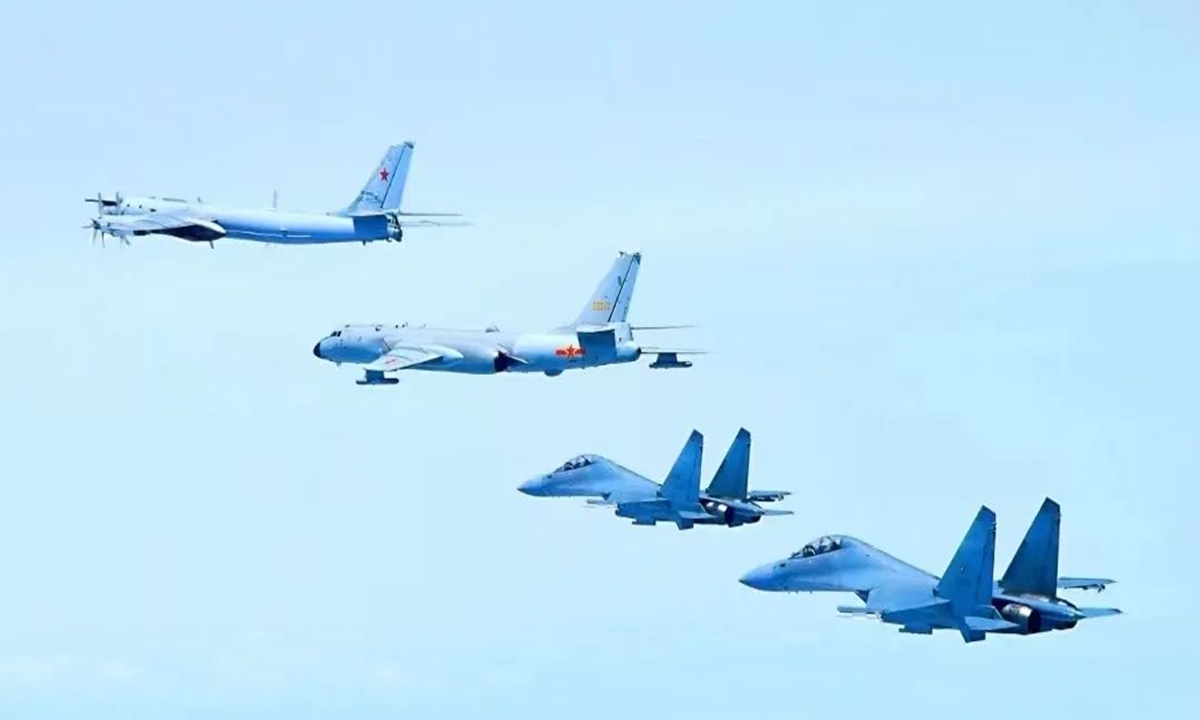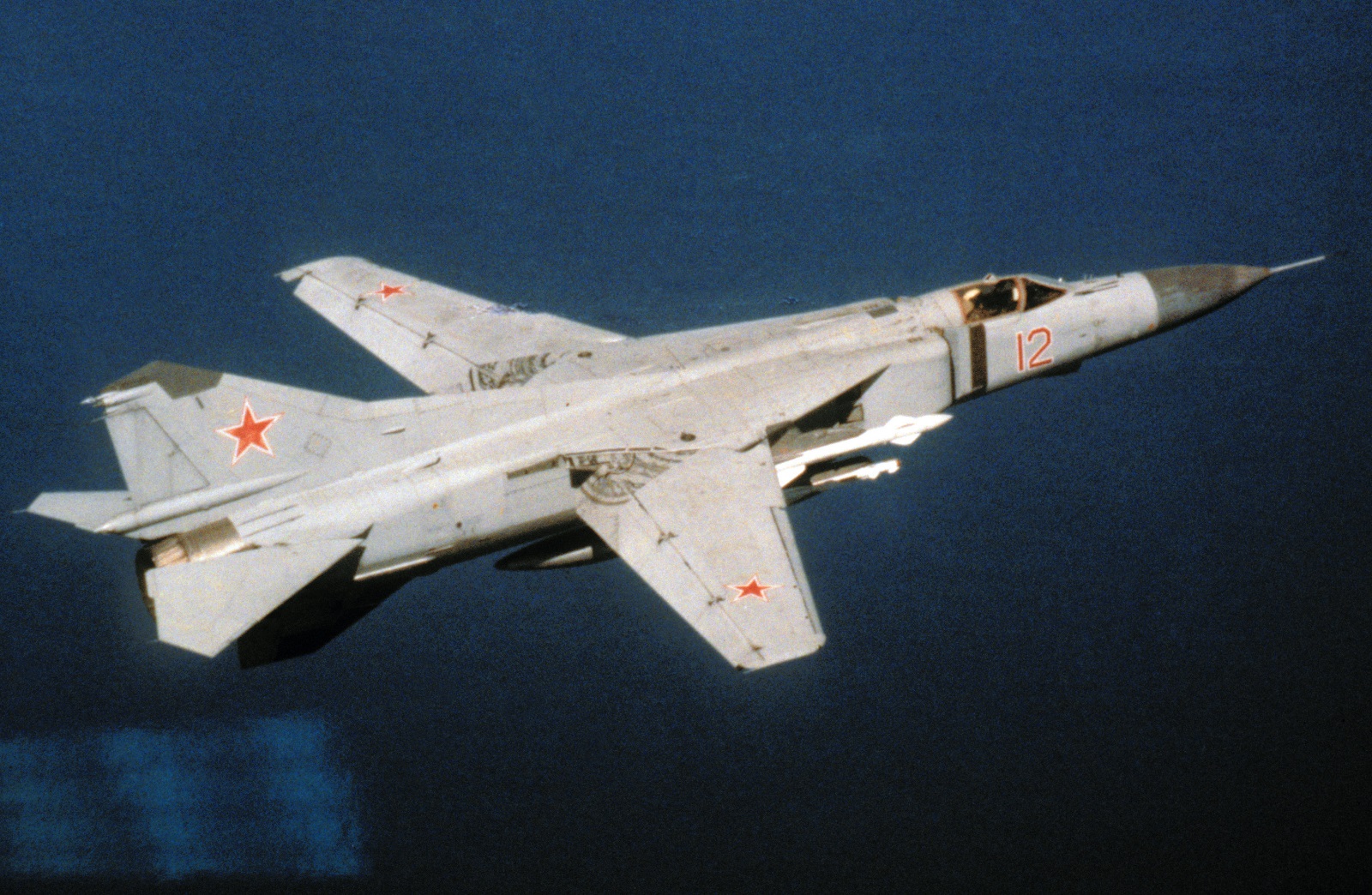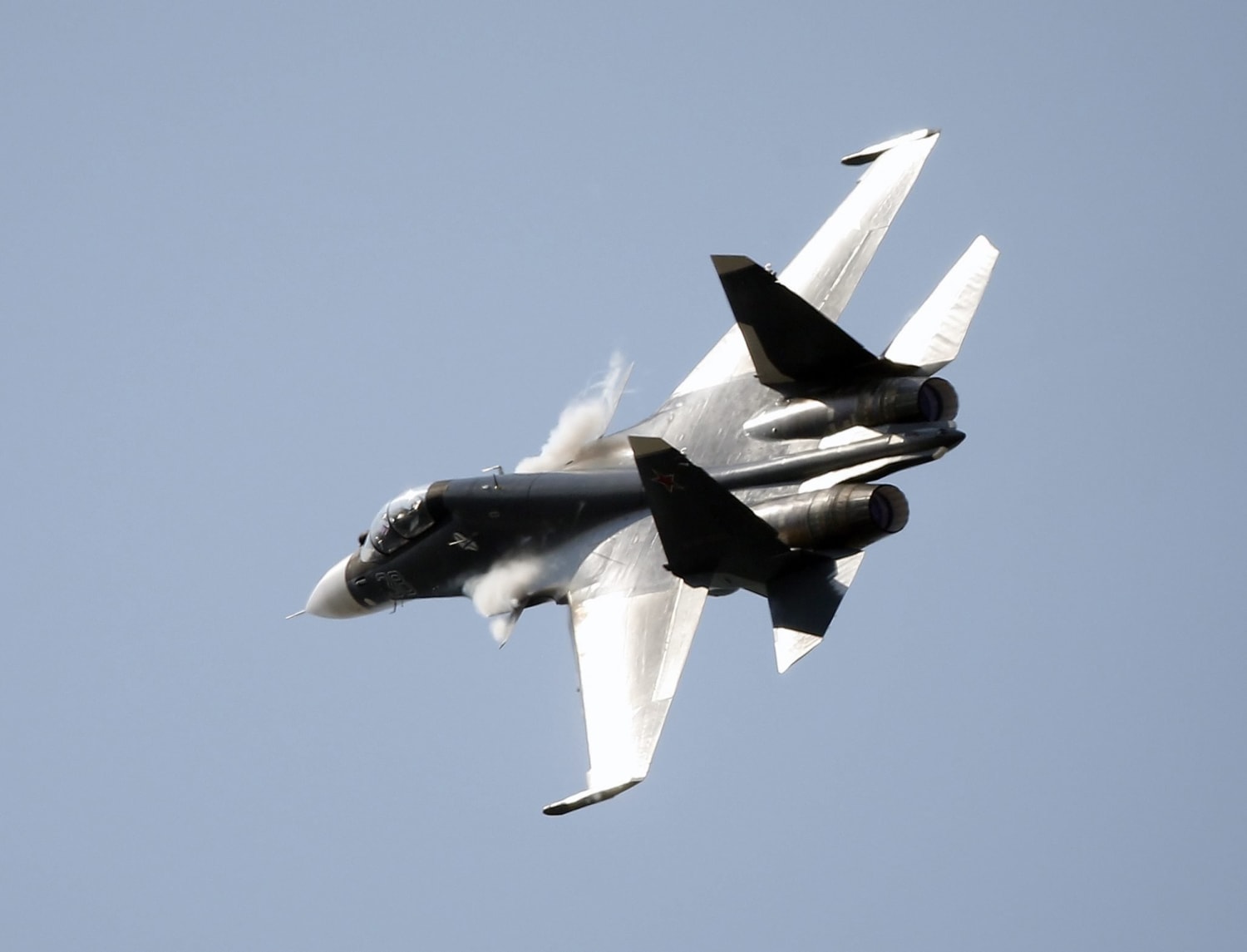Russia Fighter Jets - PAK is a product of FA (Russian: ПАК ФА, abbreviated: Пер пныйный ави киныйнылекс фронтовой авиаии, romanized: Persion-nyspektivenyvoyy's Fronte-Perspectively Force Aviive'at Fronte-perspektivenyy Complejs Aviek Aviek'at) launched in 1999 as a 1999 low cost MFI (Mikoyan project 1.44/1.42). Sukhoi front plane is T-50. The Su-57 is the first aircraft in the Russian military to be developed using stealth technology and is intended to rely on stealth for the fighter family.
The Su-57 has stealth, maneuverability, supercruise, integrated avionics and advanced self-propelled capabilities.
Russia Fighter Jets
The aircraft is expected to replace the MiG-29 and Su-27 in the Russian military and has been sold for export. The first prototype aircraft flew in 2010, but the program would have a long development due to various structural and technical problems that arose during the tests, including the destruction of the first aircraft that produced an accident before its delivery. After several delays, the first Su-57 went into service with the Russian Air Force (VKS).
Friendly Fire Suspected In Russian Fighter Jet Crash
In 1979, the Soviet Union identified the need for a future fighter jet to operate in the 1990s. The program became the I-90 (Russian: И-90, abbreviated: Истребитель 1990 - х годов), launched. capability, and would eventually replace the MiG-29 and Su-27 in primary service tactical aircraft.Two subsequent projects were designed to meet these requirements: the MFI (Russian: МФИ, abbreviated: Многоф стационный фронтовой истребитель), lit.
Although not involved in MFI, Sukhoi began its program in 1983 to develop technology for future fighters, leading to the experimental S-32 aircraft, later the S-37 and Su-47. Due to lack of funds after the dissolution of the Soviet Union, MFI was delayed several times and the first flight of the MiG 1.44/1.42 prototype did not take place until 2000, nine years later.
Due to high costs, MFI and LFI were temporarily suspended while the Russian Ministry of Defense began work on a new plan for the next war; In 1999, the ministry launched the PAK FA or I-21 program, the tender of which was announced in April 2001.
Due to Russia's economic problems, the program aimed to reduce costs by developing a single fifth-generation fighter that would replace the Su-27 and MiG-29. Other cost savings include the interior size between the Su-27 and the MiG-29 and the standard take-off weight being less than the MiG MFI's 28.6 tons (63,000 lb) and the Su-47's 26.8 tons (59, 59). 000 pounds).
Sukhoi Su 30
Sukhoi's approach to the PAK FA competition was very different from Mikoyan's; Mikoyan proposed that the three design offices (Mikoyan, Sukhoi, and Yakovlev) work together as a partnership with a successful team leading the design, Sukhoi's proposal included being the general manager from the start and joint efforts. tire development and production cycle, from transport and aviation to research institutes. Also, the two companies had different philosophies of aircraft design. Mikoyan's E-721 was small and cheap, with a typical take-off weight of 16–17 tons (35,000–37,000 lb) and a thrust of 10–11 tons (98.1–108 kN) powered by Klimov VK-10M engines. , 22,000-24,300 lbf) per assembly. In contrast, the Sukhoi T-50 would be larger and more capable, with a target displacement of 22–23 tons (49,000–51,000 lb) and powered by the Lyulka-Saturn AL-41F1 engine. maximum in class at 14.5 tons (142 kN, 32,000 lbf).
In April 2002, the Ministry of Defce selected Sukhoi over Mikoyan as the winner of the competition for the PAK FA and the new aircraft design bureau.
In addition to the basis of this request, Sukhoi's experience in the 1990s was taken into account, as the successful development of the Su-27 product and the large number of exports led to a favorable economic situation.

Mikoyan continued to develop his E-721 as the LMFS (Russian: ЛМФС, abbreviated: Лёгкий многоф матоныный фронтовой файлов, lit.' in action as his first aircraft).
Next Generation Fighter Jet Deal Signed By Russia And Uae
PAK FA's research and development program was called Stolitsa (Russian: Столица, lit. 'Capital'). In 2002, Alexander Davidko was appointed as the CEO of Sukhoi's T-50.
The Novosibirsk Aviation Organization (NAPO) and the Komsomolsk-on-Amur Air Force Base (KnAAZ) were to develop a new multirole aircraft, KnAAZ performing final assembly at Komsomol-on-Amur.
After the competition held in 2003, Tekhnokompleks Science and Production Cter, Ramskoye Instrument Building Institute, Tikhomirov Institute Instrument Design (NIIP), Ural Optical and Mechanical Plant (UOMZ) in Yekaterinburg, the company Polet in Nizhny Novgorod. and the Central Scientific Research Radio Engineering Institute in Moscow were selected to develop the PAK FA cabin. In April 2004, NPO Lyulka-Saturn (now NPO Saturn) was signed as the AL-41F1 engine project under development 117.
Sukhoi used conventional aircraft as a test of various systems; The Su-47 tested its internal armor, and the Su-27M prototypes served as a test bed for flight control systems and engines.
Military Deploys Russian Made Fighter Jets Against Kia Targets
To reduce development risks and spread related costs, as well as to bridge the gap between fourth-generation fighters, Sukhoi has implemented some of the T-50's technologies and features, such as engines and some aircraft. , derived from Su. 27 is called T-10BM (Russian: БМ, abbreviated: большая гнностирация, lit.
In December 2004, the design of the T-50 was completed and approved by the Ministry of Defense; Government funding for the program began in 2005 and increased significantly in 2006 when the project began.
On August 8, 2007, the Commander-in-Chief of the Russian Air Force, Alexander Zelin, was told by the Russian state news agency that the development phase of the program has been completed and construction of the first test aircraft will begin, with three prototypes planned. T-50. to fly Built in 2009.

Since the beginning of the PAK FA program, Russia has sought international cooperation in this project to increase funding for its development and obtain more exports.
Russian Fighter Jet Twice Came Close To U.s. Navy Plane: Officials
On October 18, 2007, Russia and India signed an agreement with Sukhoi and Hindustan Aeronautics Limited (HAL) to jointly develop a derivative of the PAK FA, called the Fifth Fleet Aircraft (FGFA).
In September 2010, India and Russia agreed on a preliminary agreement in which each country would invest $6 billion; The basic draft of the agreement was signed in December 2010, and the development of the FGFA is expected to take 8-10 years.
By 2014, however, the Indian Air Force had begun to raise concerns about performance, cost and division of labor. India withdrew from the partnership in 2018.
The first flight of the T-50 has been delayed several times since early 2007 after encountering unknown technical problems. In August 2009, Alexander Zelin admitted that issues related to the engine and technical research were not resolved.
Breaking Sweden Says 4 Russian Fighter Jets Violated Its Airspace Today
On February 28, 2009, Sukhoi CEO Mikhail Pogosyan announced that the aircraft was complete and that the first prototype should be ready by August 2009.
On August 20, 2009, Pogosyan said that the first flight of the year d. Konstantin Makiyko, deputy director of Moscow's Center for Strategic and Technological Analysis, said that "with a delay" the plane could make its first flight in January or February, and it would take five to t years to produce the product. . .
Flight tests were again delayed, and Deputy Prime Minister Sergei Ivanov announced in December 2009 that the first tests would begin in 2010.
The first taxi test was completed on December 24, 2009, and the first flight of the T-50-1 took place on January 29, 2010.
Is Russia's Defense Industry Too Busy To Take On Another Fighter Jet Project?
Led by Sukhoi test pilot Sergey Bogdan, the 47-minute flight took place at KnAAPO's Dzemgi airfield in eastern Russia.
Building prototypes would be slower than originally planned; By October 2013, the test program had accumulated more than 450 flights in five aircraft.
About three flyable and unflyable T-50 prototypes will be built for flight tests ahead of government tests.
Initially, the plan was to have six prototypes before production began; however, testing showed that early prototypes did not have sufficient fatigue life, and the structural components were moving in flight.
Russia To Unveil New Fighter Jet At Moscow's Air Show
Later, the plane was modified, with the help of many materials, strengthening the plane to meet the requirements of life, including a long "reed" tail and slightly larger wings; the sixth flight was the first of the "phase two" modified aircraft, so the first five prototypes were considered "phase one" vehicles and required the addition of additional buildings to continue flight testing.
The last two aircraft to fly are the Su-57 aircraft, with a complete mission system.
The "Second Stage" design reduces the increase in weight from the power requirement.

Northrop grumman fighter jets, metal toy fighter jets, russia fighter, russia jets, lockheed martin fighter jets, air force fighter jets, navy fighter jets, fighter jets of russia, fighter jets, us navy fighter jets, latest fighter jets from russia, diecast fighter jets

0 Comments